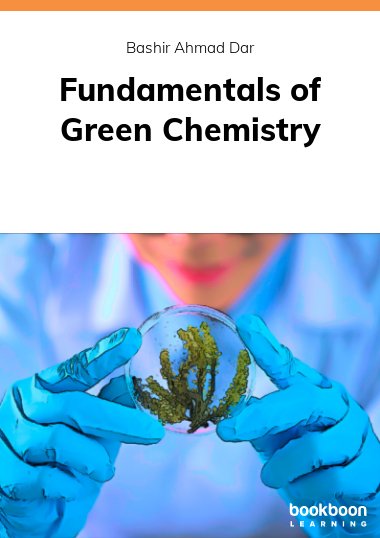This book discusses the basic concepts of green chemistry with special emphasis on organic synthesis. It is designed for the undergraduate chemistry curriculum. It is my hope that this book will be useful to instructors, students and chemists in general in learning about green organic chemistry and its interdisciplinary applications.
About the author
Dr Bashir is presently working as Assistant Professor at Govt. Degree College Sopore Kashmir. Previously he was lecturer at University of Kashmir, North campus Baramulla Kashmir. He has also worked as Assistant Professor at Maulana Azad College Aurangabad Maharastra India, Senior Project Fellow IIIM Jammu, Senior Research Fellow IIIM Jammu, Junior Research Fellow IIIM Jammu, Junior Research Fellow (IICT Hyderabad), Lecturer (Maulana Azad College, Aurangabad Maharastra India) and Visiting Lecturer (Post Graduate Department of Chemistry, Vasantroa Nayak College, of Science Aurangabad Maharastra India. He has 12 years of experience in teaching and research. Dr Bashir has published more than 50 research papers in highly reputed journal. He has also published some books on different topics of chemistry. He is editor and peer reviewer of many chemistry journals. He has participated in the scientific committee of several conferences and associations and has delivered many invited talks in India and abroad. His research interests involve Green Chemistry, Heterogeneous Catalysis, Organic Chemistry and Environmental Chemistry.

